When I look at the splotch on my hand, the shape of an oak leaf, I think of racing mini-bikes—and wrecking—on a vacation with my husband in Mexico’s Copper Canyon. A whitish slash on my forearm is what remains of a very hot mistake I made in a welding class. The red squiggle of a scar on my right knee reminds me of my overzealous attempt to cut brush with a chainsaw—and my need to stay clear of power tools. All theses scars I’ve picked up over the years, they each have a story to tell.
I think of scars as life’s body art, organic tattoos.
In total, these and other marks paint a connect-the-dots picture of my history—right on my own skin. They are reminders that I have lived a life not of safety, but of the opposite. I’ve pushed myself, sometimes too far, and wouldn’t have it any other way.
I think of scars as life’s body art, organic tattoos etched by the stuff all the best tales are made of—mistakes and miscalculations, accidents, and adventures. And a scar is nothing if not a story wanting to be told. A physical request for more information. They’re questions that seem to call out for answers.
Thinking of scars sort of as badges of honor—or symbols of how real life is lived—we asked five women to show us their scars and tell the stories behind them.
Photos by Holly Wilmeth
Ri Anderson, artist/designer/photographer/printer (pictured above)
My scars come from my work as an aerialist, which is somewhere in between a serious hobby and a sometimes profession. I have been part of an aerial circus troupe called Gravityworks in San Miguel de Allende, Mexico, for the last 10 years. My scars come from positions (mainly back balances) on the hoop and the trapeze. I am a bony person and especially sensitive to the steel bar and hoop that I work on. Back balances require balancing on a point on your back, without holding on with your arms or legs, so the pressure goes to one point. Other positions involve turning and pressing into a steel apparatus on the mid and lower back, which cause scrapes and bruises.
There is a lot of pleasure involved in this work, but you often have to go through great pain to get to the place of joy.
When I see my scars now, I remember the tricks that scraped my back and the routines they were in. As a member of Gravityworks, I train for 12 hours per week. This training is challenging for many reasons, both physically and emotionally. The work requires a strong commitment to gain and maintain strength and flexibility, as well as trust. You have to really get to a place of feeling secure in your body and trusting your strength and balance to do these tricks and routines.
There is a lot of pleasure involved in this work, but you often have to go through great pain to get to the place of joy. My scars are reminders of the pain I went through to get to that joyful place. Also, the training that I do in Gravityworks is a haven from the rest of my work and life, a place to be in the moment. It has been incredibly helpful to me in challenging times of my life, so the scars are also a reminder of the ways I have worked through painful life lessons.
I like my scars! I am proud of them because they represent hard work, and working through pain to get to perfection, or at least a little closer to perfection!
Read More: Living With A Scar: Would You Remove Yours If You Could?
Vicky Jaspeado, mother and artist
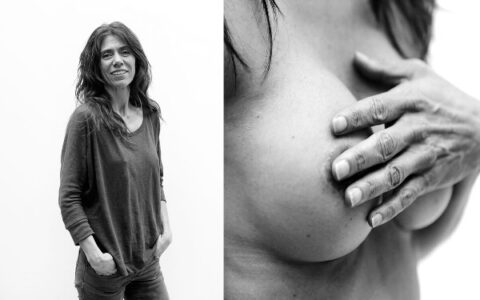
When I was a teenager, I was wearing one of my first bras and very proudly looking at the mirror. Someone very close to me, a woman I looked up to, said something like: “… and one day, we can get you some breast implants!” She sounded excited about the idea, and I took it as something to be excited about.
Many years after that, when I had the money to pay for implants, and after my husband (now ex-husband) had confirmed that I would look “better” with bigger breasts, I went into surgery and finally got my breast implants.
My scars remind me of the big social pressure for women to be always physically beautiful, young, and ‘perfect.’
Very soon after the surgery and despite of everybody telling me how great I looked, I realized that I missed my smaller breasts. I missed my look and my body the way it used to be. So I started to question myself. Why had I decided to get implants if I actually used to like my body to the point that I missed it now? Why had I criticized my breasts for years? That is when I realized that ever since that important woman in my life suggested that day that I could enlarge my breasts with implants, I had considered them small and imperfect and “fixable” with a surgery.
It was painful to realize this, because that reality came with another one: I never actually had genuinely wanted to enlarge my breasts. And now it was done. It was hard to admit that there was no way back despite my not liking them.
All of this end up being another big learning experience. I had spent many years judging my breasts for being too small, and now I was judging them for being too big. Had anything changed at all? It seemed like I had two choices: to have another surgery to make them smaller again or accept and love them the way they looked—which would have been great to do in the first place, of course—but little I knew.
My scars [small arcs around the nipples] remind me of the big social pressure for women to be always physically beautiful, young, and “perfect.” The media influence is clearly a big one, but my experience reminds me of how much we grownups can influence young girls in our daily life with one simple comment, attitude, or choice and plant in them a wrong, not-self-loving seed.
Chris Chase, retired
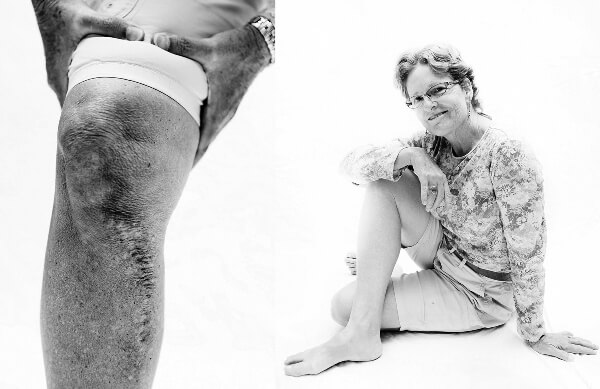
[My scar is from an] auto accident at age 19. I flew from a car, traveled across an intersection and up an embankment. I have no idea what cut me.
I am happy it has faded, and the nerve pain surrounding it is no longer uncomfortable. Mostly it will always be a reminder of how blessed I was to have been able to continue life since the driver of the car I was in wasn’t.
I can’t imagine it not being part of me. It has so much to say about the value of life.
Nora Diehl, retired website designer
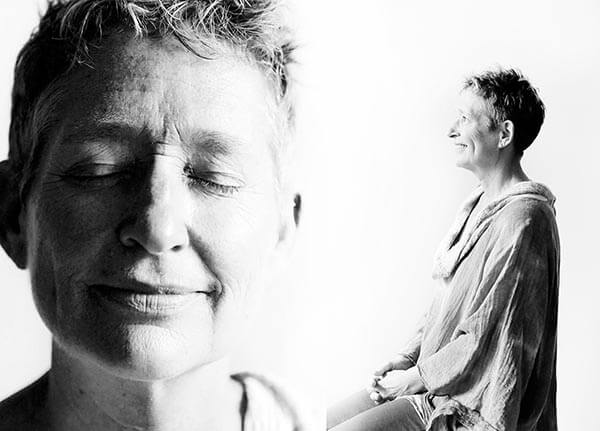
I got my scar, which runs about an inch down my nose right between my eyes, when I was about two years old. I was carrying a glass full of water down the basement stairs to my father, fell, and was cut by the broken glass.
This is not the only scar I have from my father, so it is symbolic of more.
When I see the scar, now, I like it, because it’s part of me (whom I like a lot). But I also think how lucky I was not to receive a worse injury, and how this scar did not appear by magic. It came about because of poor supervision by my father. This is not the only scar I have from my father, so it is symbolic of more.
I love my scar because it’s part of what makes my face unique. It’s always been part of my face. It has faded of course over time and really it’s mostly my secret, which I also like. My scars are physical reminders of life and experience, and at this point I’m glad to have had the experiences and still be around.
I would never remove my scar. I want to keep it.
Jayne Clark, retired from medical sales and marketing
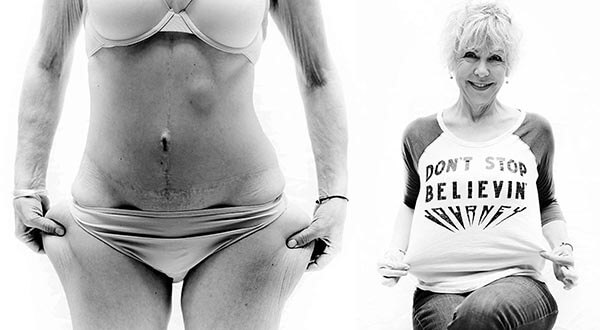
My scar is from an open gastric bypass surgery to lose weight and the follow up reconstruction after I developed a hernia. Seventeen years ago I weighed 264 pounds. Today I’m 120. Actually, I think my scars are more the extra skin that hangs off my backside and legs.
My scar is a badge of honor. I made a difficult decision to attempt to resolve a difficult problem. And it was successful!
I like my scar. I don’t like explaining it.
Read More: Celebrating Beautiful Hands That Have Truly Lived
A version of this story was originally published in Dec. 2018.

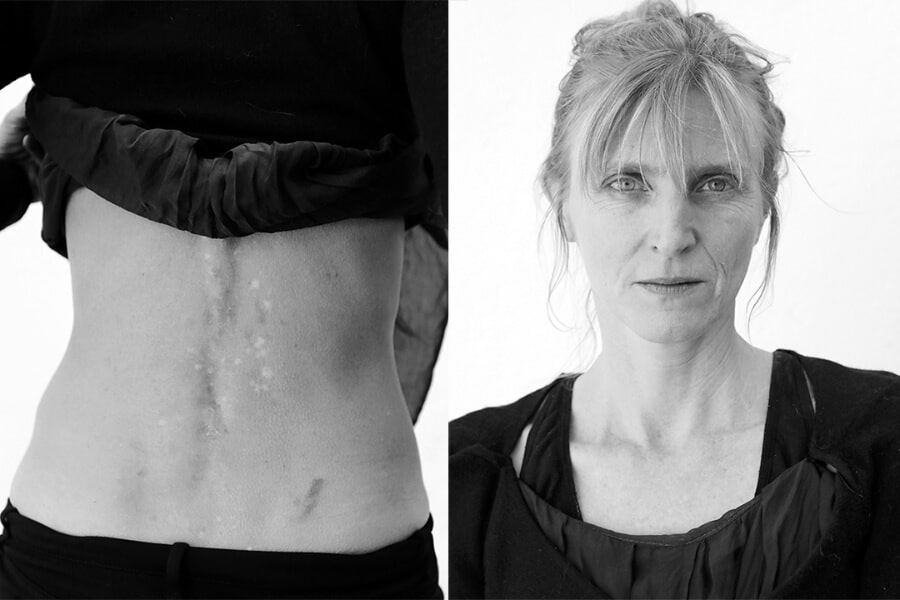
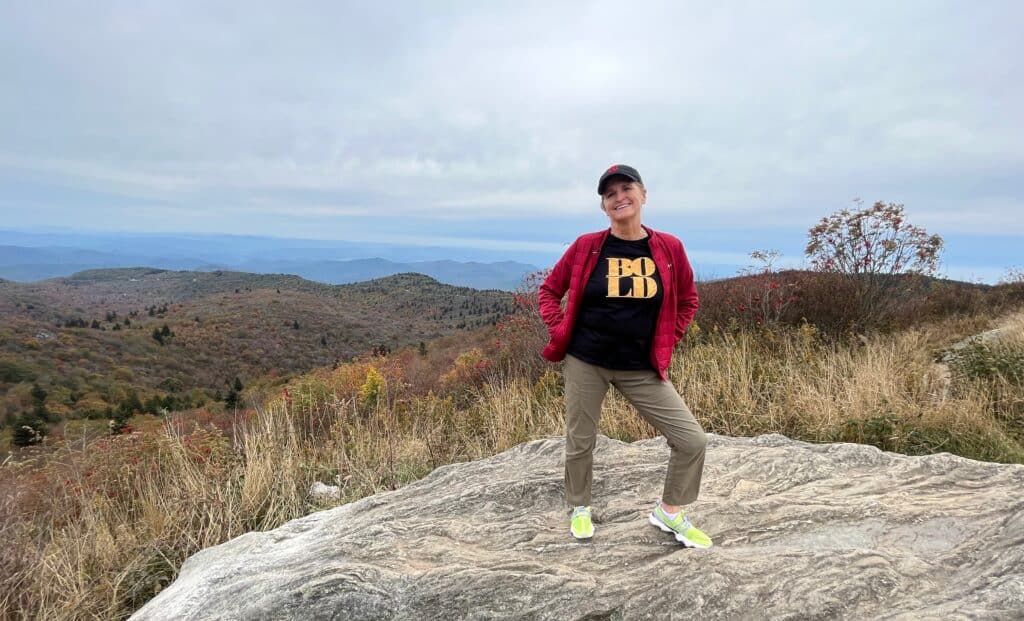















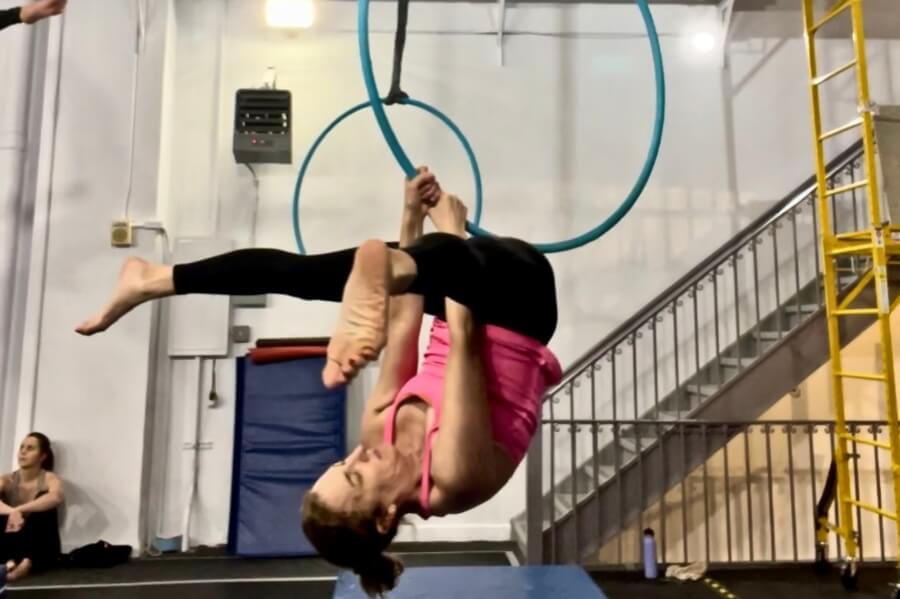
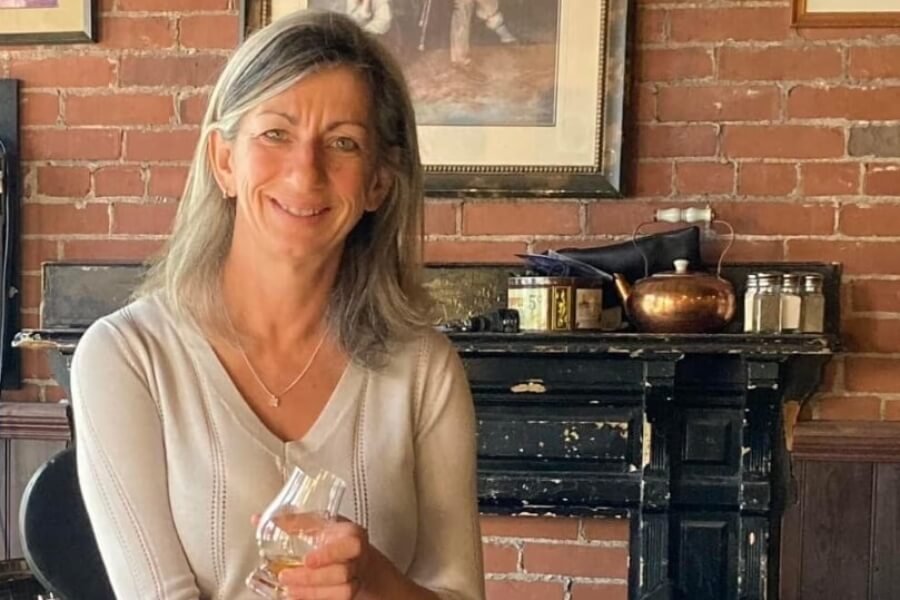
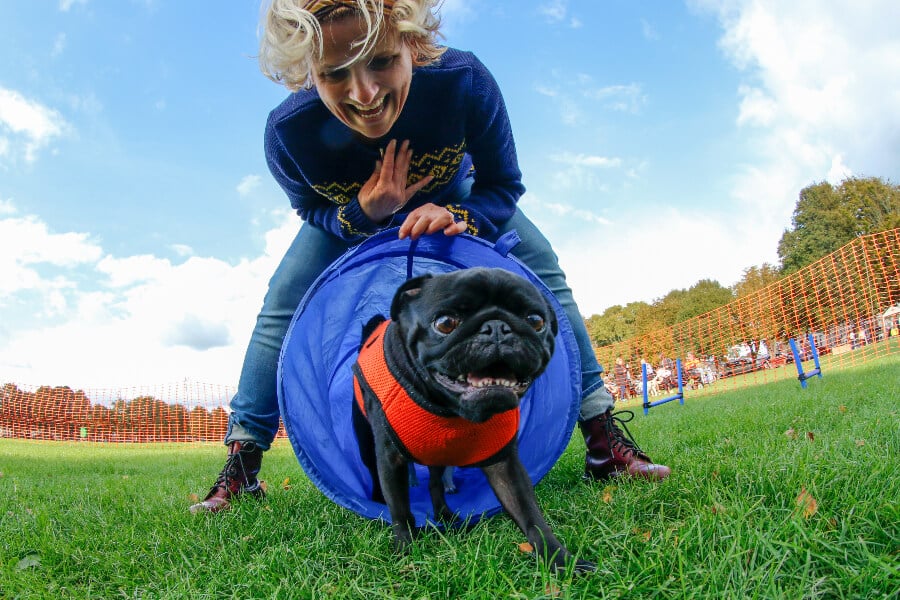
0 Comments